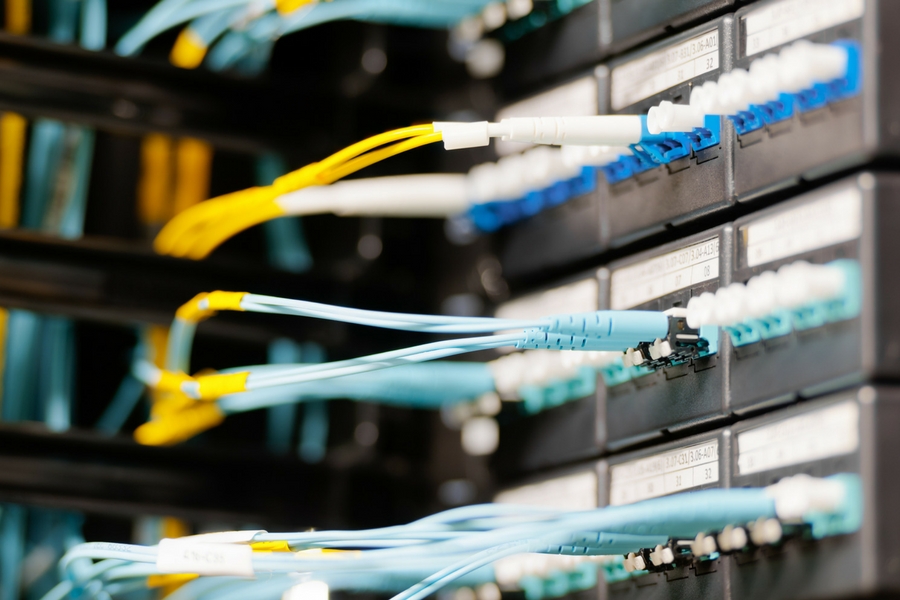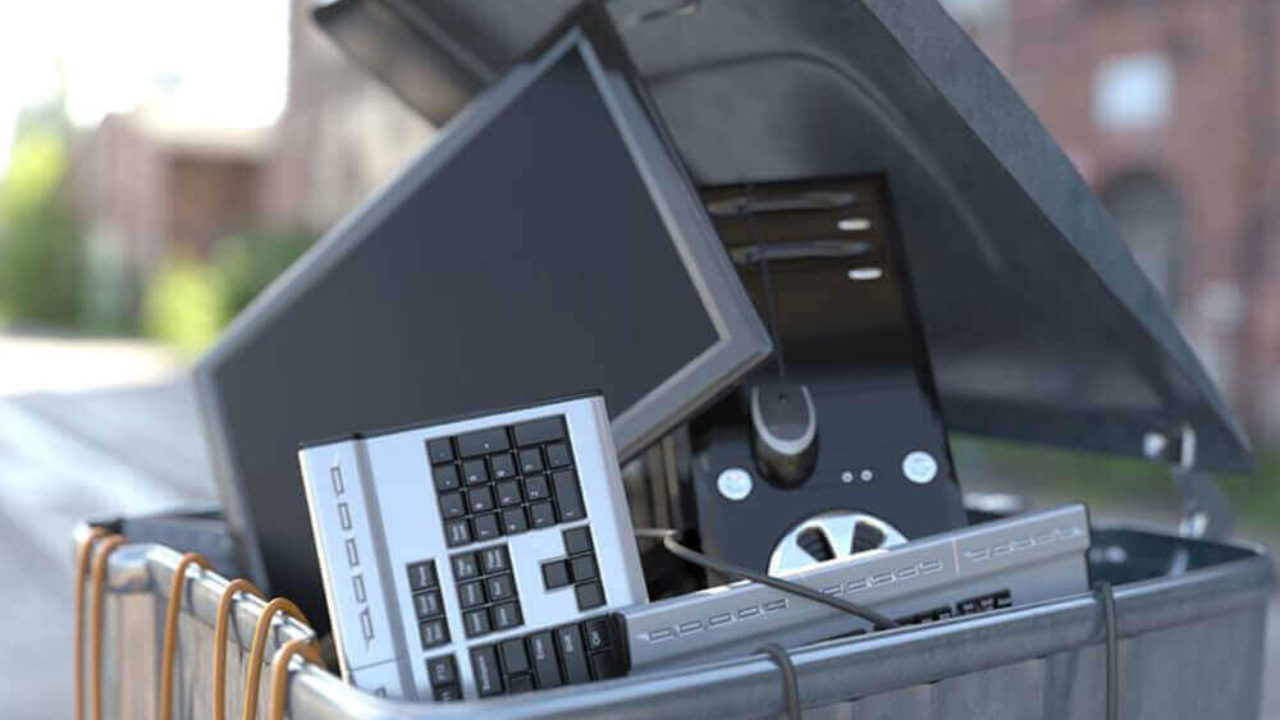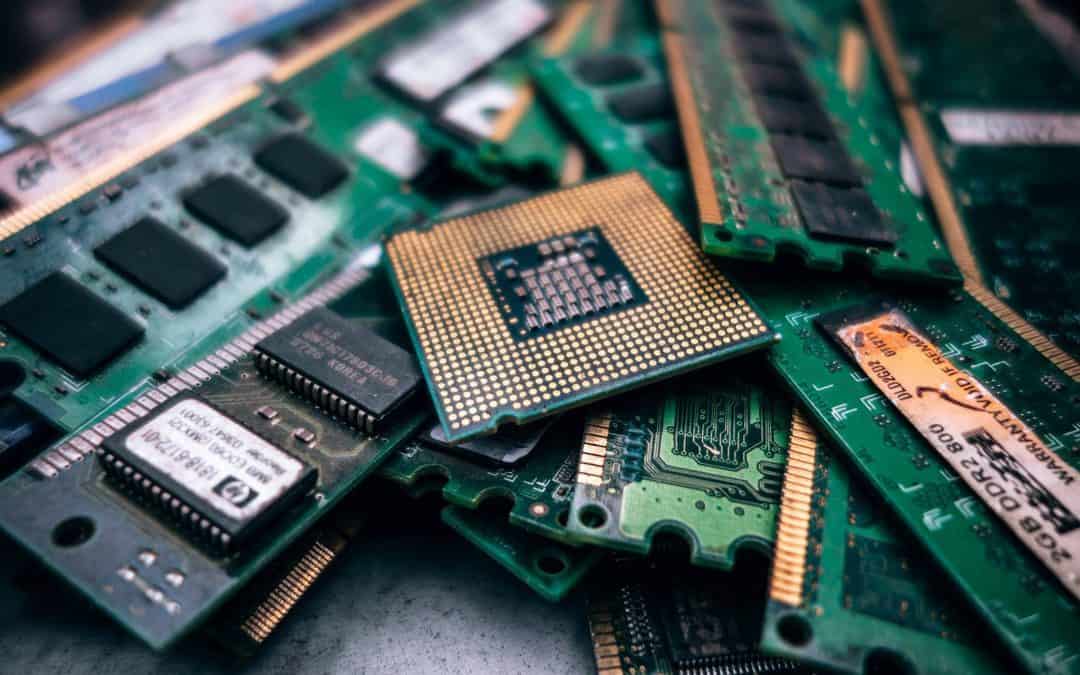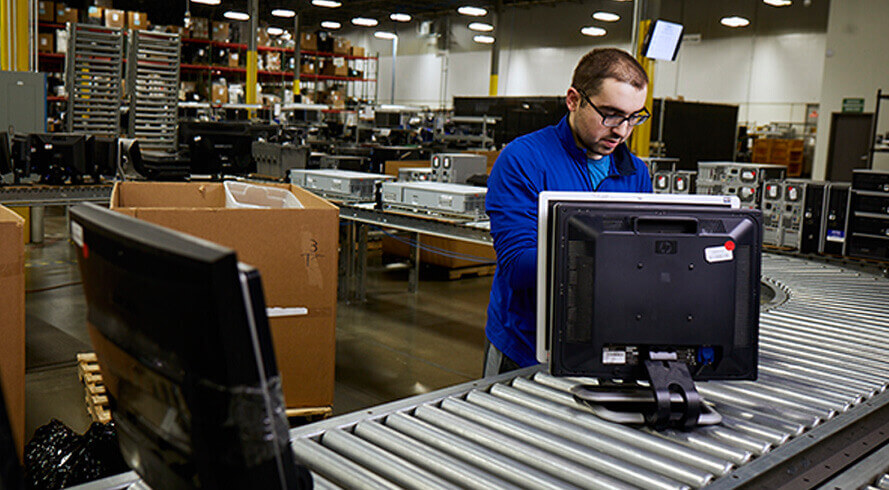Today, organizations need the functions of technology and software to make their work efficient operating successfully in the market. The IT assets of a company require significant financial investment and proper management. Companies must have a way to manage, control and safeguard their IT assets as they possess information crucial to the business and the customers. Most IT assets and devices are used and kept at remote working locations. It’s also crucial that any risk connected with deploying and using these IT assets be appropriately managed.
While there is an emphasis on proper ITAM to avoid any issues and interruptions within the business operations, the company must consider the following challenges. It is essential to understand the challenges that come with ITAM so that companies can address them effectively.


Budget restrictions
Companies want to implement the best approaches to IT asset management, but budget restrictions might become a challenge. ITAM requires an upfront investment, including purchasing new equipment and hiring IT staff. Moreover, organizations don’t know how to utilize the budget efficiently to benefit ITAM.Distributed Management of Assets
IT assets are often deployed in a distributed manner which does not give much insight into these assets as there should be. It can also lead to employee perceptions that the assets they work on belong to them, not the organization.Organizational Awareness
The company must have appropriate rules and procedures for managing IT assets. Lack of organizational awareness can pose challenges for ITAM. The employees must understand the underlying elements of IT assets and their management so they can access them accordingly. Similarly, the organization must understand its IT assets or why they are crucial, leading them to disregard or bypass them.
Asset Tracking and Inventory Management
Your company must regularly track and maintain the inventory of IT assets. Companies face asset management challenges when they deploy IT equipment and then ignore its maintenance. Due to the constant addition, relocation, or alteration of assets, this might be challenging.Asset Hoarding
Lack of ITAM may bring the challenge of asset hoarding, where the employees unintentionally hold onto assets. It may cause more purchases of IT equipment and fewer upgrades or updates. The underutilized assets under hoarding raise costs associated with asset acquisition and enhance security and audit hazards.Asset Scalability
Companies need more resources and a scalable and flexible approach to asset technology as they grow. There is a greater demand for diversification and the highest quality data documentation. New software and hardware need to accommodate the company operations effectively and minimize the challenges of scaling the technology by improving ITAM, bringing it to common grounds.Technology Evolution
The advancements in technology remain a concern for many businesses that find asset maintenance and renewal costs. They need proper upkeep to detect the required modifications and develop strategies to implement them without any issues. You can stay on top of the required adjustments in due time and consider the technologies most important to the operation and those that continue to function even after an update.Policy Implementation
Companies might face the challenge of implementing a strong policy for maintaining their IT assets. It is because the enterprise-level policies fail to represent the actual state of the IT assets. Moreover, they are not properly enforced within the organization. IT asset security and compliance are at major risk as the asset policy structure degrades.Asset Disposal Planning
When the company doesn’t have sound knowledge of their IT assets, they struggle to prepare for the retired or outdated assets. The technology employed might lose its efficiency and require an upgrade. An aspect of ITAM is to manage the safe and seamless disposal processes of old equipment.







